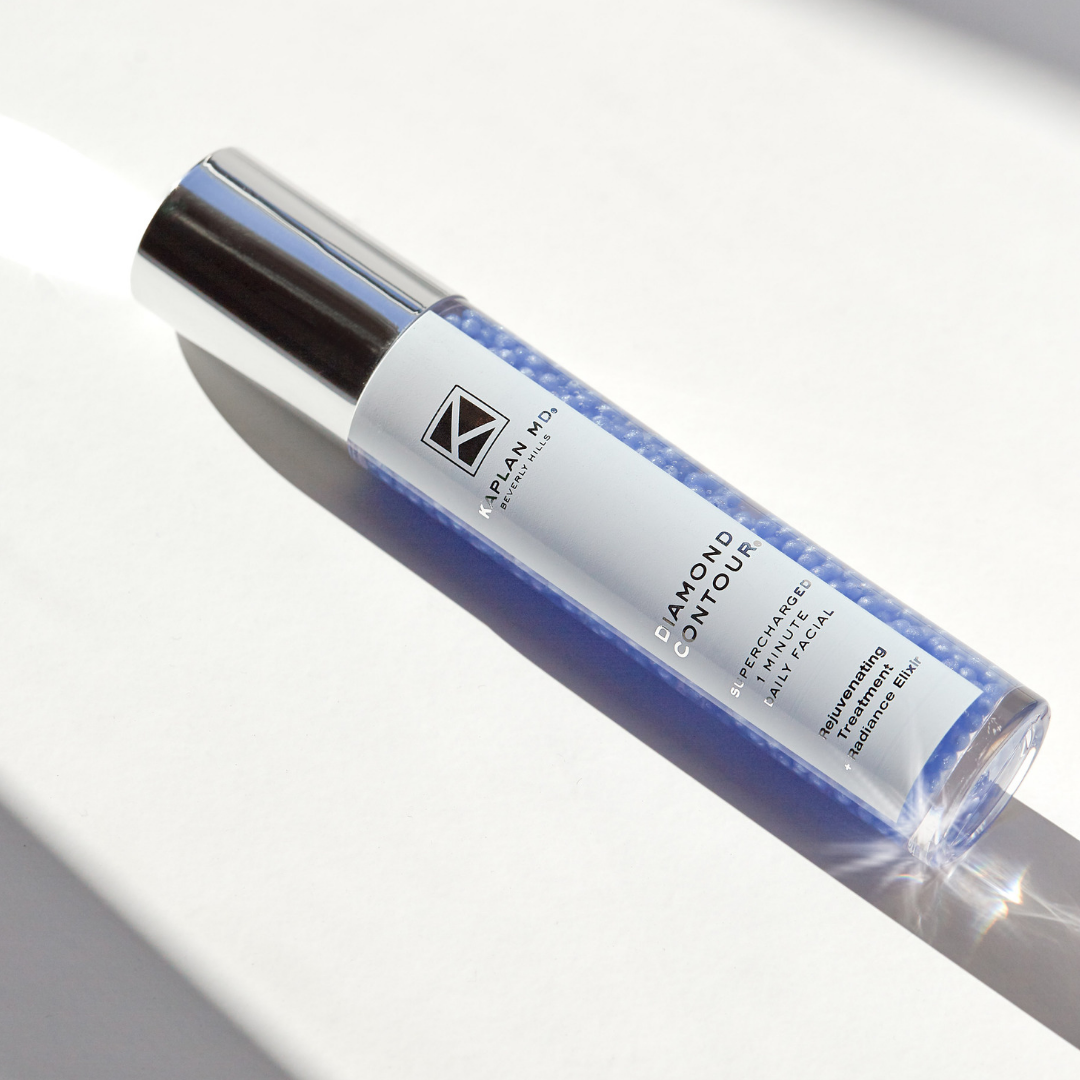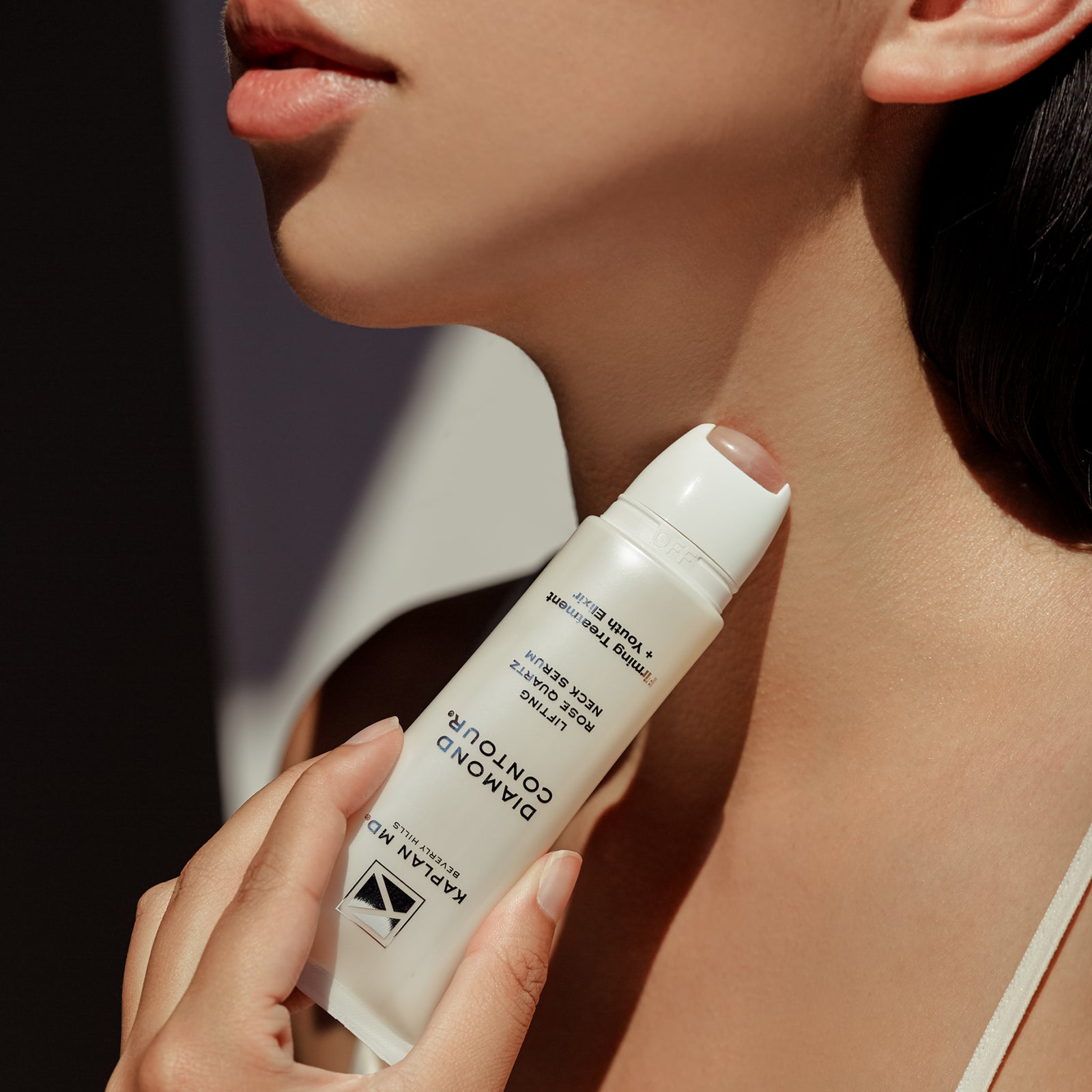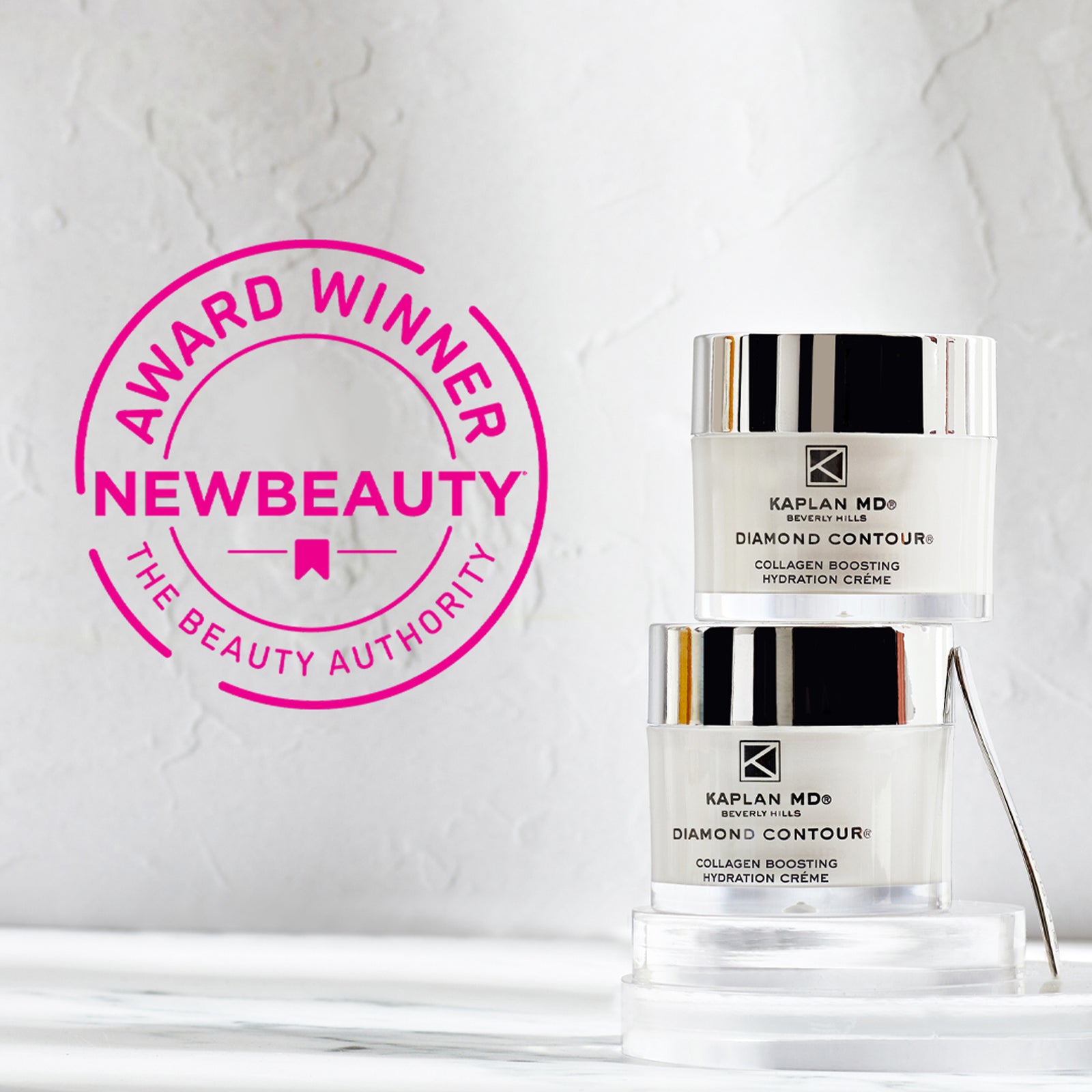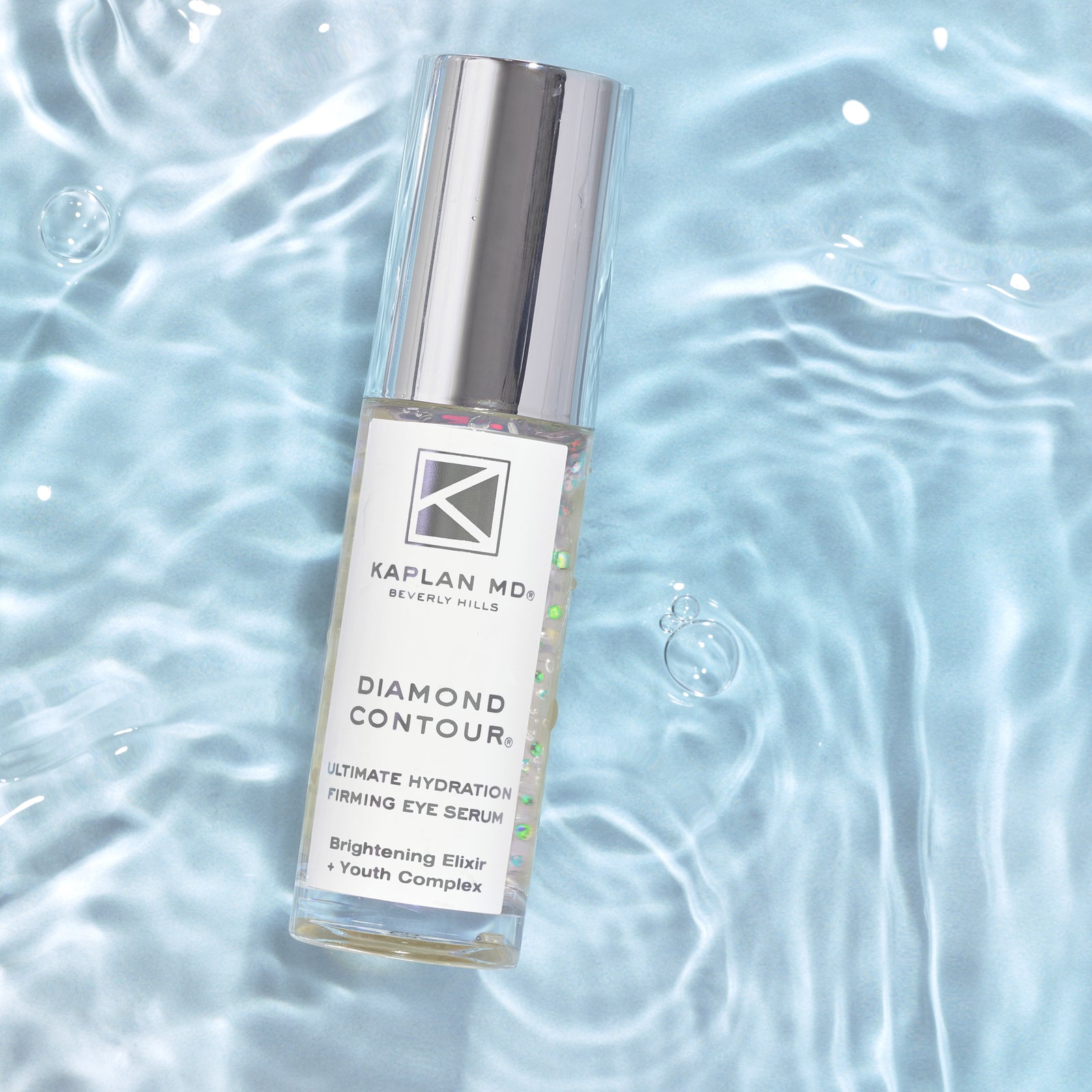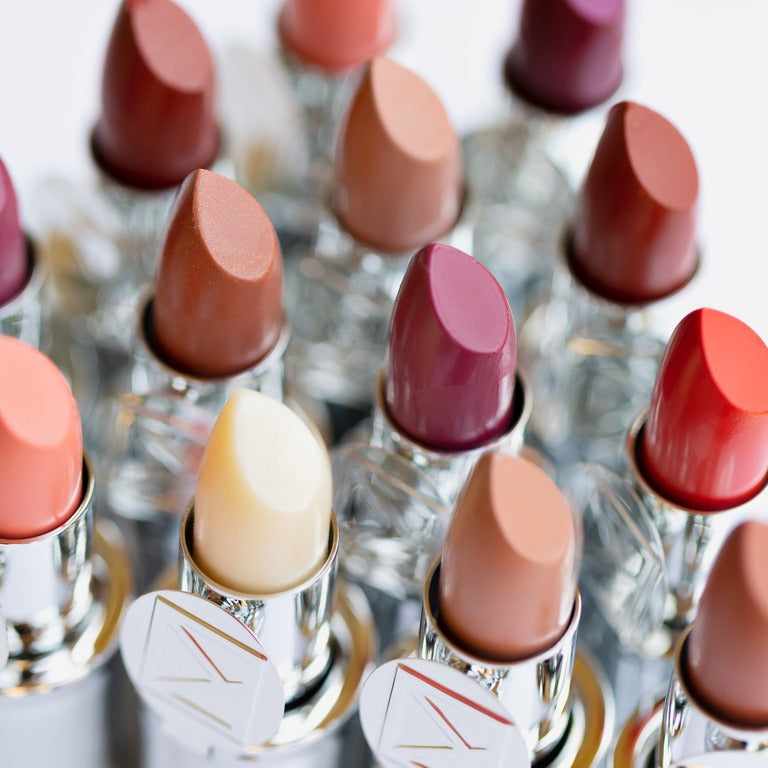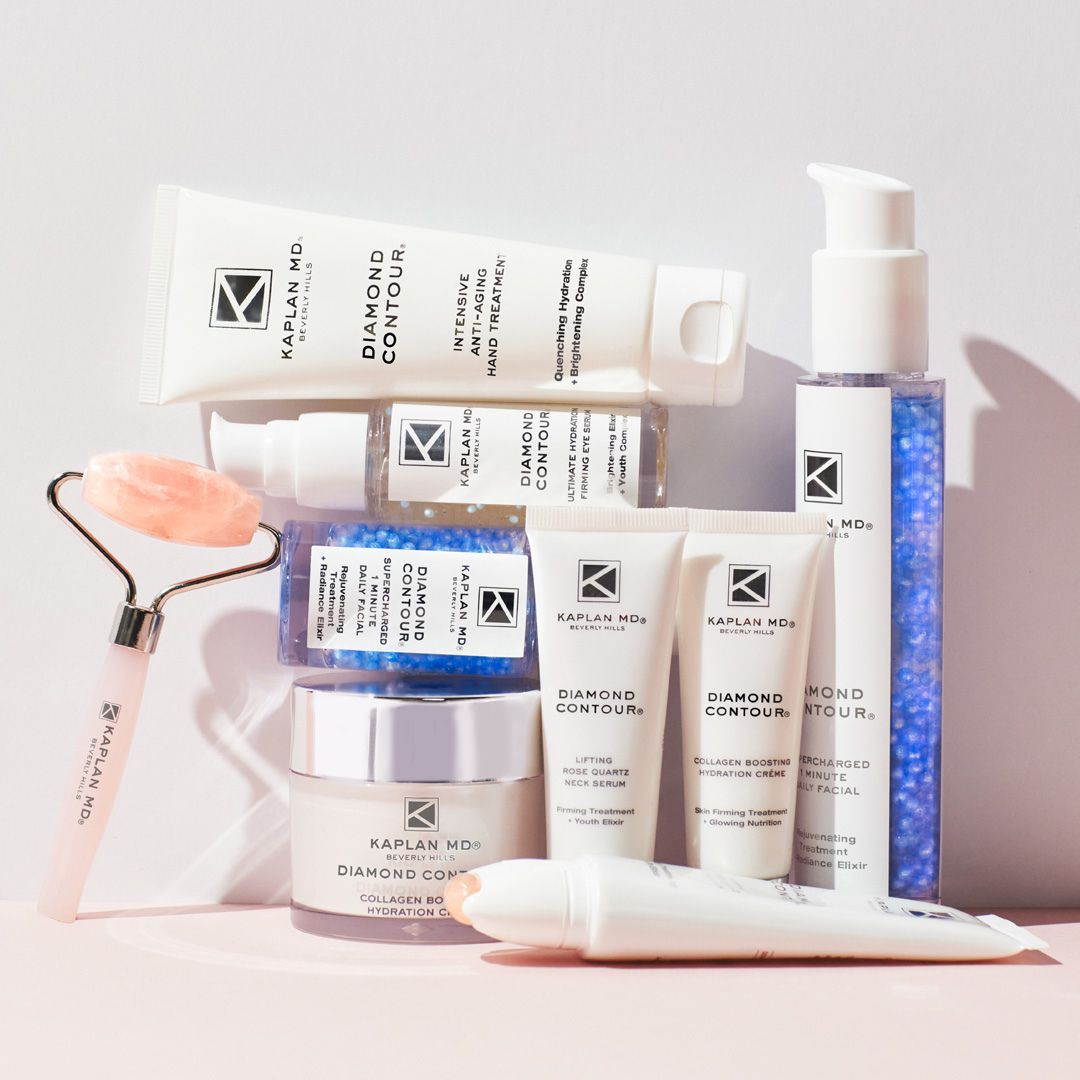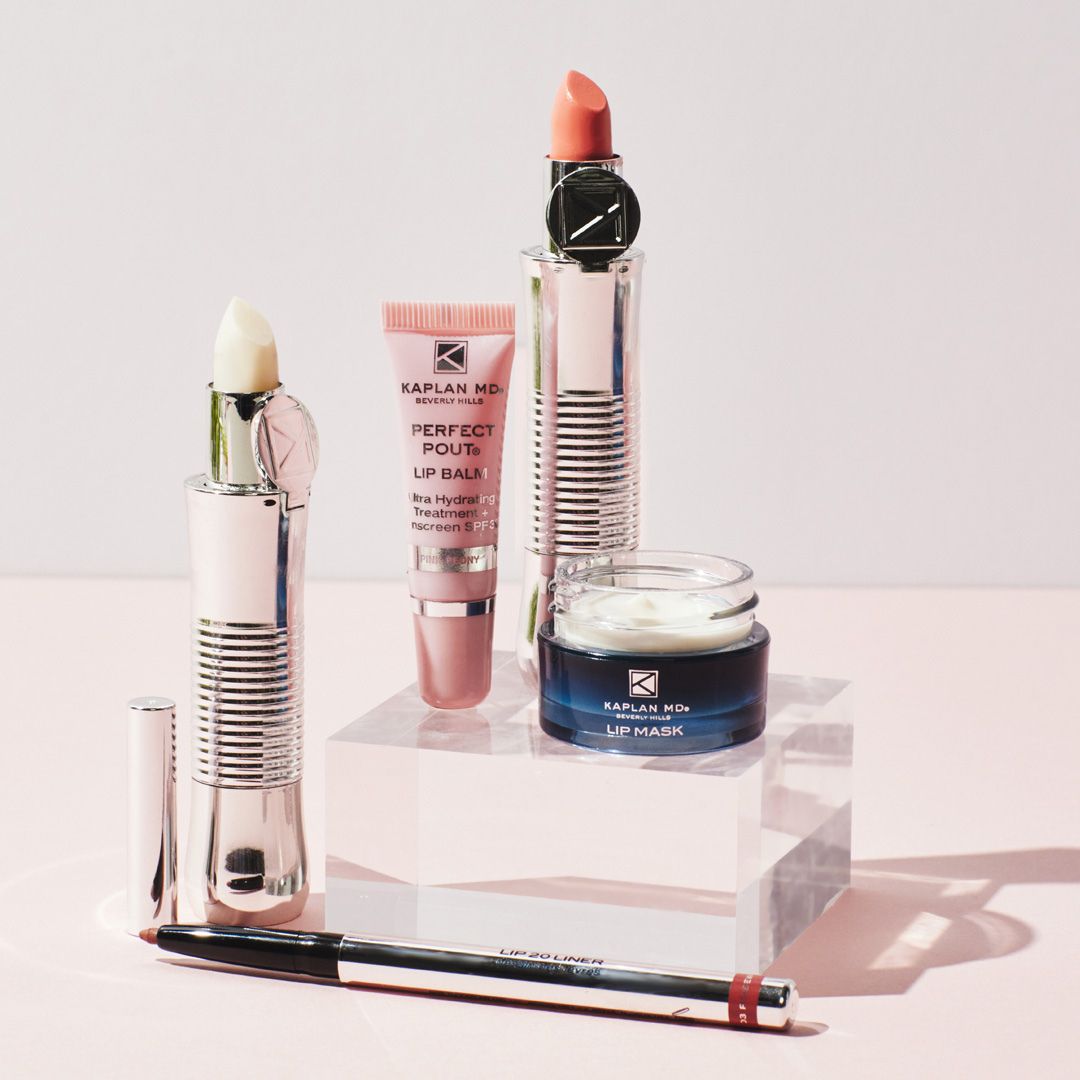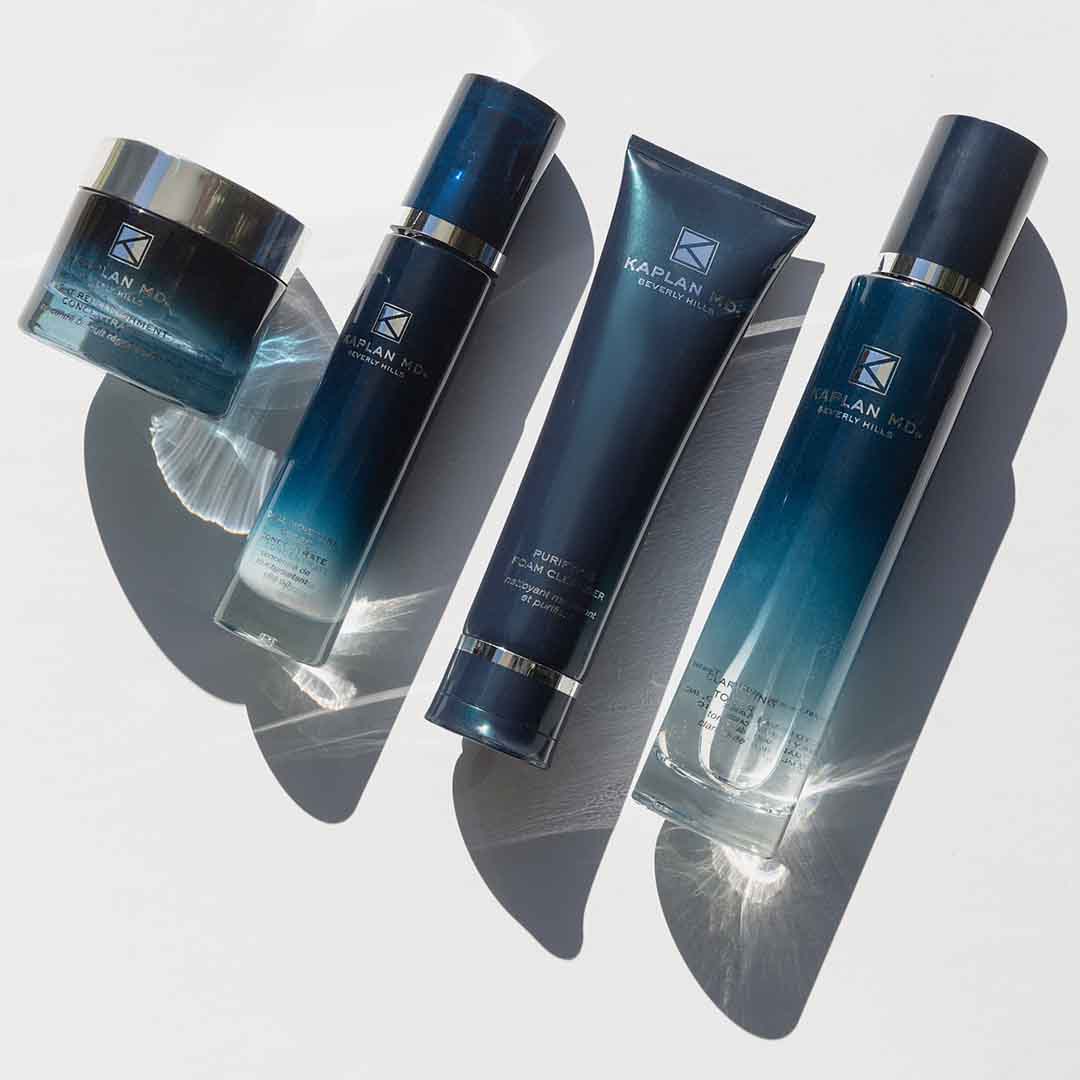Dr. Kaplan – Hives
HIVES
Urticaria is the medical term for hives. Hives are pink welts or swellings that can itch, burn or sting. They can appear on any part of the skin. Hives typically are a result of an allergic reaction; however, there are many non-allergic causes. Approximately 10-20% of the population experience at least one episode of hives in their lifetime. Hives often will disappear within a few hours, but also may last a few days, or recur continuously over months or years. New hives may develop as old ones fade. It can vary in size from as small as a pen tip to as large as a dinner plate, and may join to form even larger swellings.
Histamine, a substance released from cells in the skin causes rapid blood vessel leakage producing hives. Allergic reactions, certain foods, or chemicals in medicines are the common causes of hives. Finding the exact cause can be difficult. When it forms around the eyes, lips, or genitals, swelling may be excessive. Although frightening, the swelling usually goes away in less than 24 hours. Severe cases may cause difficulty in breathing or swallowing, If this occurs, emergency care is required.
WHAT ARE ACUTE HIVES
Acute hives are usually the result of an allergic reaction. This type of hives typically lasts less than 6 weeks. They may appear within minutes to 2 hours after swallowing certain foods or medications, and can be caused by an infection. Applying certain chemicals to the skin can cause contact hives. People with this type of reaction often can easily identify and eliminate the cause. Insect bites, internal diseases, pressure, cold, or sunlight are other triggers for hives.
WHAT FOODS CAUSE HIVES
The most common foods the cause hives in children are milk, eggs, and peanuts. In adults, nuts, shellfish and eggs are the common sources. Fresh food cause hives more often than cooked foods. Strawberries, food additives and preservatives are common triggers for non-allergic hives.
WHAT DRUGS CAUSE HIVES
Almost any medication-prescription and non-prescription- can cause hives. Antibiotics, pain medicines, antacids, vitamins, herbal supplements, eye and eardrops, laxatives, or any other non-prescription item can cause hives. It’s important to tell your dermatologist about all prescription and non-prescription medications you use to help find the cause of the hives.
WHAT TYPE OF INFECTIONS CAN CAUSE HIVES
Many infections can cause hives. Upper respiratory tract infections are common cause of hives in children. Other viruses, including hepatitis, cause hives, as can a number of bacterial and fungal infections.
CHRONIC HIVES
Chronic hives lasts more than 6 weeks. The root cause is much more difficult to identify and only a small percentage of patients are able to identify it. Your dermatologist will review your medical history, ask questions, and conduct a physical examination in order to attempt to identify the cause. Causes may include hidden infections or other internal problems. Testing, such as blood work or a biopsy, may be necessary.
PHYSICAL URTICARIA
Sunlight, heat, cold, water, pressure, vibration, or exercise may cause physical urticaria. Sun hives (solar urticaria) form within minutes of sun exposure and typically fade within 1-2 hours. Cold hives appear when the skin warms after exposure to cold or prolonged chillings. Hives that form in response to the cold or the water when swimming, for example, can cause wheezing, flushing, and fainting.
DERMATOGRAPHIC URTICARIA (DERMATOGRAPHISM)
Dermatographic urticaria forms after firmly stroking or scratching the skin, and can often occur with other forms of hives. It affects about 5% of the population. Most people with this condition are otherwise healthy. It may last for months or even years.
TREATMENT FOR HIVES
The best treatment for hives is to find and eliminate the cause whenever possible. Antihistamines provide relief and work best if taken on a regular schedule to prevent hives from forming. There are many antihistamines available. No one antihistamine works for everyone. You may need to use combinations to control the hives. In severe cases, an injection of epinephrine (adrenalin) may be necessary. You may require anti-inflammatory and immune-suppressing medications in some instances. Cortisones are commonly used for dramatic relief, but must be limited to short term use. Cyclosporine, dapsone, and others may sometimes be used. When patients fail to respond to these approaches, other anti-inflammatory drugs may be helpful.
All content solely developed by the American Academy of Dermatology.

